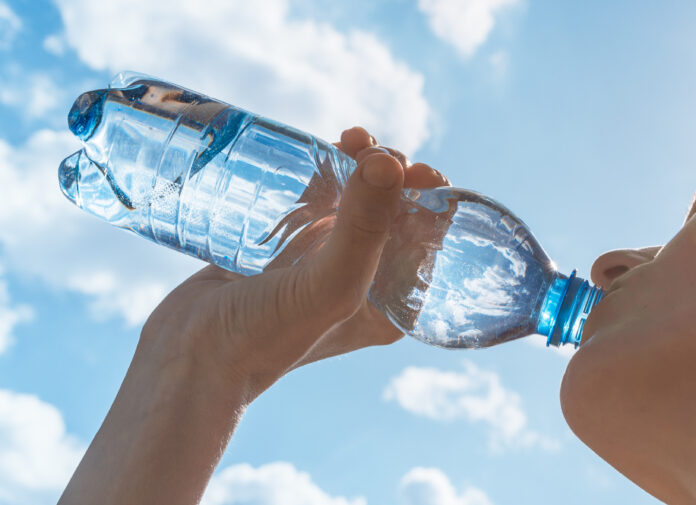Plastic is everywhere, from the Arctic ice to human placenta. In fact, previous estimates suggest that the average person ingests a credit card-worth of microscopic plastic particles every week. But new research shows that this could actually be an understatement.
Microplastics refer to any plastics that are smaller than 5 millimeters (0.2 inches) long. They can be found in industrial waste and various beauty products and can also be formed during the degradation of larger pieces of plastic waste.
Over time, these microplastics can break down even further into so-called nanoplastics. These nanoplastics are so tiny that they can pass through our intestines and lungs directly into our bloodstreams and travel through our bodies into our vital organs, including our hearts and brains.
kieferpix/Getty
Many of these plastic particles are washed into the ocean, which contains somewhere between 50 and 75 trillion pieces of plastic, according to estimates by UNESCO’s Ocean Literacy Portal. And eventually, these plastics end up in our food and waterways.
While the idea of eating plastic is unsettling in itself, the major concern here is that these plastic particles contain chemicals that can interrupt our body’s natural release of hormones, potentially increasing our risk of reproductive disorders and certain cancers. They can also carry toxins on their surface like heavy metals.
In the past, researchers have shown bottled water can contain tens of thousands of identifiable plastic fragments in a single container. However, until recently, only the larger microplastics were detectable with available measuring tools. The realm of the nanoplastics was largely a mystery.
“Previously this was just a dark area, uncharted. Toxicity studies were just guessing what’s in there,” Beizhan Yan, an environmental chemist at Columbia University’s Lamont-Doherty Earth Observatory, said in a statement.
In a new paper, published in the journal Proceedings of the National Academy of Sciences, Yan and colleagues employed cutting edge technology to assess this uncharted territory.
“This opens a window where we can look into a world that was not exposed to us before,” Yan said.
Using a technique called Raman scattering microscopy—which can detect particles down to the size of a COVID virus—the team were able to measure an average of 240,000 particles of plastic in each liter of bottled water, 90 percent of which were nanoplastics. This is 10 to 100 times larger than previous estimates.
These plastics likely originate from the bottle material, filters used to “purify” the water, and the source water itself.
“It is not totally unexpected to find so much of this stuff,” the study’s lead author, Columbia graduate student Naixin Qian, said in a statement. “The idea is that the smaller things get, the more of them there are.”
The team hope to expand their research into tap water and other water sources to better inform our exposure to these potentially hazardous particles.
Is there a health issue that’s worrying you? Do you have a question about nanoplastics? Let us know via [email protected]. We can ask experts for advice, and your story could be featured on Newsweek.
Uncommon Knowledge
Newsweek is committed to challenging conventional wisdom and finding connections in the search for common ground.
Newsweek is committed to challenging conventional wisdom and finding connections in the search for common ground.


